The rising cost of gym memberships, fuel, and commute time has Americans rethinking their fitness choices. More and more fitness lovers are discovering a more innovative, more affordable way to stay in shape: the home gym. What was once a luxury for the elite is now within reach for anyone ready to invest wisely. The truth? You don’t need to spend a fortune to build a space that delivers real results—and you could save thousands every year in the process.
Why the Home Gym is the Future of Fitness
The typical gym membership in the U.S. costs between $600 and $1,200 a year, not to mention the cost of getting there and the time lost. That could potentially add up to more than $5,000 in five years. By setting up a home gym the right way, you can get rid of these ongoing fees and have more privacy, convenience, and control over your activities.
Surveys suggest that millions of Americans are leaving commercial gyms and setting up their own gyms at home.
Step 1: Start with a small yet smart plan.
A lot of people think that a home gym costs thousands of dollars up front, which is the greatest error they make. You really just need a few basic, useful, and inexpensive things to get started:
- Adjustable dumbbells let you change the weight of a single set of weights without taking up more room.
- Resistance bands are light, cheap, and very effective for building strength.
- A yoga mat or floor padding is important for stretching, working on your core, and being comfortable.
- Pull-Up Bar: A basic piece of equipment that makes your upper body very strong
With these foundations, you may execute dozens of effective workouts that are just as good as those at a gym.
Step 2: Include inexpensive cardio choices
Cardio devices might be quite expensive, but that doesn’t mean you can’t get in shape. Some cheap options are:
- Jump Rope: A $15 equipment that burns calories quicker than most treadmills.
- Rowing Machine (Budget Models) – A little and cheap way to work out your whole body.
- Stationary bike (used or foldable) — Strong and sometimes available at reasonable costs second-hand.
You have a lot of alternatives with them, yet you can still keep track of your money.
Step 3: Make a space that makes you want to work.
One way to stay committed to a fitness regimen is to make your surroundings encourage you to stay on track. You don’t have to spend a lot of money to turn your garage, spare room, or even a piece of your living room into a home gym.
- Put up mirrors to evaluate your form and make it seem more professional.
- Use hooks or racks on the wall to keep your equipment in order.
- Buy rubber flooring or foam tiles to keep your area and equipment safe.
- Use a Bluetooth speaker to play music that sounds like a gym.
You are more inclined to utilize your area every day if it feels good.
Step 4: Slowly upgrade while saving money
As you become fitter, you may want to add bigger things like barbells, weight plates, or even a squat rack. Here are some ways to save money:
- Buy Used: You may get lightly used gear in online markets for a lot less than what you would pay in a store.
- Look for gear that can do more than one thing: A bench with customizable settings may take the place of multiple machines.
- Wait for deals that happen during certain times of the year. Prices on workout gear generally drop on Black Friday, New Year’s Day, and Memorial Day.
You may avoid spending too much money and spread your investment out over months or even years by upgrading step by step.
Step 5: Do the Math—This Is How You Save
Let’s take it apart.
- The average cost of a gym membership is $80 a month, or $960 a year.
- Costs of getting to work (gas/transportation): $300 to $600 a year.
- Total for 5 Years: About $6,000 to $7,000.
Now, look at it next to a smart home gym setup:
- The cost of starter equipment is between $500 and $700.
- Upgrades over time: $800 to $1,200 over three to five years.
- Total Investment Over 5 Years: $1,500 to $2,000.
That’s a savings of $4,000 to $5,000 in only five years—money that can be used for family, vacation, or other improvements to your life.
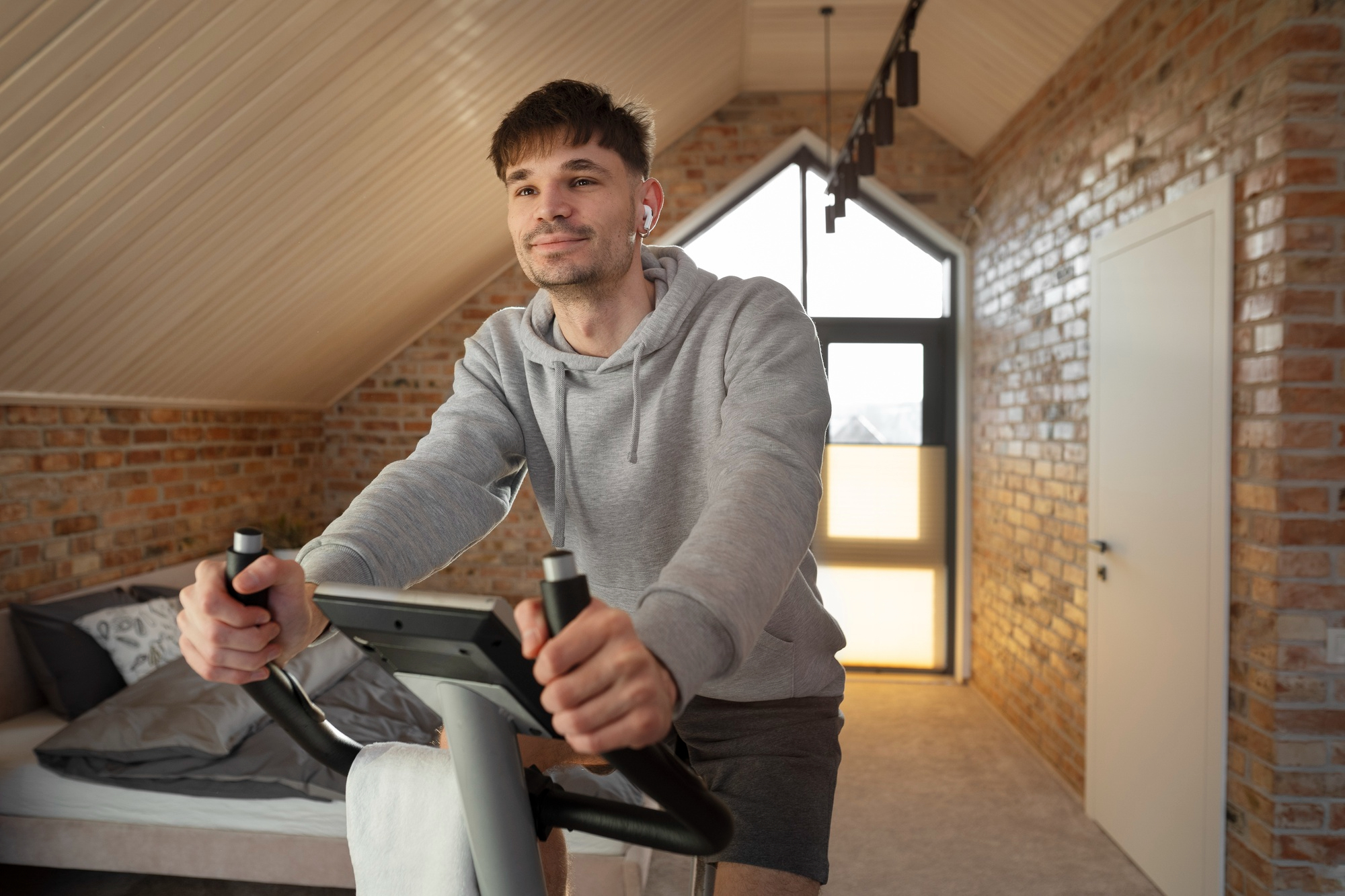
Step 6: Enjoy the extra benefits that come with it.
The actual secret is the change in lifestyle, even if the money savings are great. A home gym not only saves you money, but it also makes your life better.
- Convenience: You can work out anytime you choose, even at night.
- Privacy: You can work out without others watching or waiting for machines.
- Consistency: No excuses for weather, travel, or time problems.
- Personalization: Make your routine and gear fit your objectives.
In summary, it’s the best improvement for your body and mind.
Step 7: Myths About Home Gyms That Are Not True
Some individuals don’t want to start since they have the wrong ideas. Let’s get things straight:
- “I don’t have enough room.” — A modest nook or garage space may work.
- “It’s too costly.” – You may start smart shopping for less than the cost of a year’s membership
- “It won’t feel like a real gym.” – Your area can seem professional with the correct flooring, mirrors, and equipment.
A home gym is often more feasible and less expensive than most people imagine.
Final Thoughts: Open the Secret Now
The secret is out: the most effective and affordable way to stay active in America right now is to have a home gym. You can save thousands of dollars, get your time back, and enjoy the pleasure of working out when you choose with only a little initial commitment.
Don’t wait another year to pay for gym memberships and spend time getting there. Start small, then develop slowly. Soon, your garage, cellar, or spare space will become a money-saving, body-changing powerhouse.
The sooner you create your home gym, the sooner you’ll start saving money and living a better, stronger life.


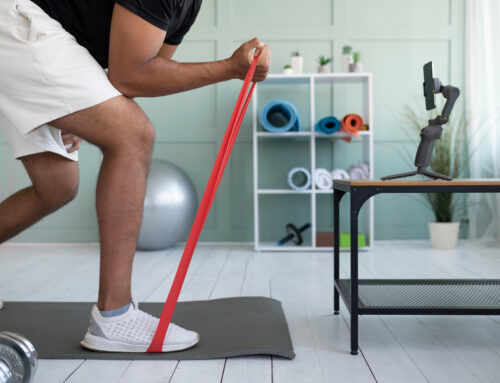
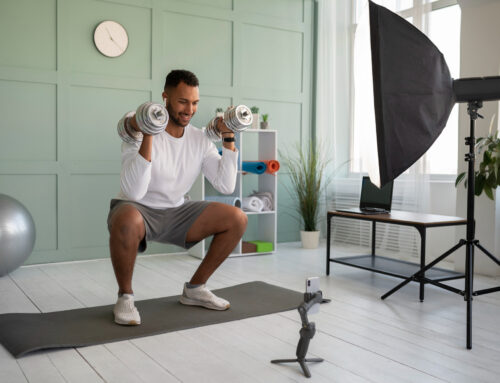
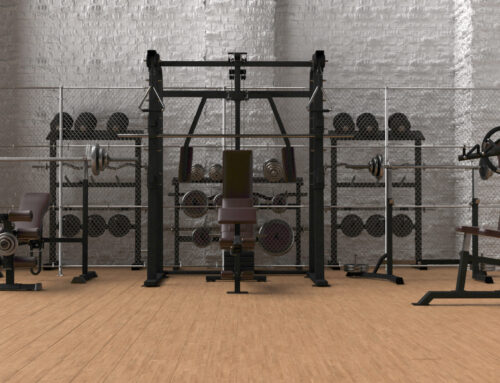
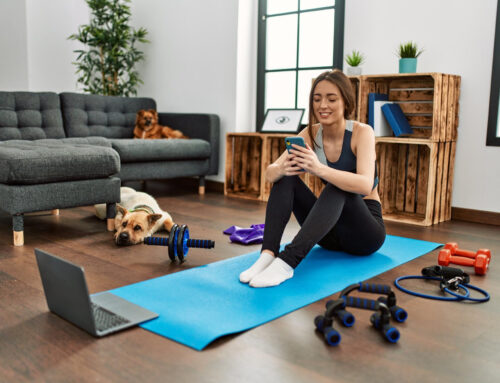
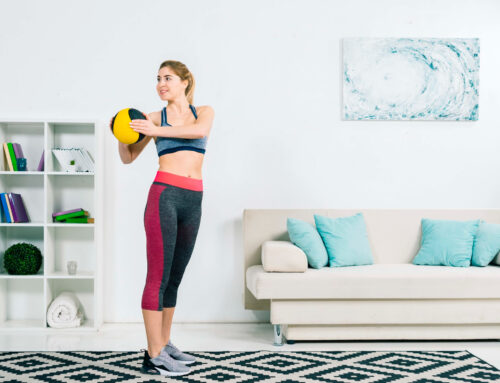
Leave A Comment